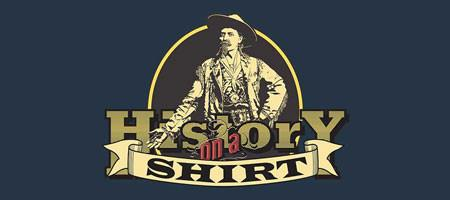Wildlife on the Flightline
Before the recent open house at the VAFM, which is currently housed in a hangar at the Platte Valley Airpark, the morning chorus of birdsong along the taxiways was quite loud. Even in the days of jet aircraft, a flightline is not a bad place to get acquainted with the kinds of wildlife that live in meadows and grasslands.
So much the more in the days before tarmac and tail wheels, when the airfield was an actual field that served as the interface between ground travel and air travel, and mud might be a factor in how fast you could slow down.
There were often nonindigenous species hanging around the field that weren't - exactly - wild: the pilot mascots such as Raoul Lufbery's lion cubs (and cubs don't stay little any more than kittens do) and Eugene Bullard's monkey that he treated like a son (the commanding officer volunteered to adopt the monkey in the event of Bullard's death.)
Poplars Not Popular With Pilots
An airfield might eventually get a cinder track put in, which would help a bit. And somebody might put in some crops. In 1917 one pilot was shocked by an aerodrome at the Ypres front: "As I got down I asked, 'But where's the aerodrome?' He grinned, pointed to the potatoes and said, 'There's a criss-cross of cinder tracks in the middle of that.'"
After some experience flying in and out, the pilot commented, "When you get into the air you can't believe it's an aerodrome. The tricky cinder-track criss-cross makes it stand out clearly from surrounding fields, so it's bad for camouflage reasons. Apart from that, you've got a big acreage of mixed crops flanked on one side by a river lined with poplars, and on the other by a row of hangars, backed by more poplars, also telegraph poles, on the main road. Whoever picked this place as an aerodrome must have been completely off his rocker." (From No Parachute: A Fighter Pilot in World War I by Arthur Gould Lee.)
Birdstrikes and Worse
There would have been birds trying to occupy the same airspace at the same time as an airplane. A very small owl can still make a sizeable dent in the space-age-metal blade of a jet engine; the big propellers of World War I presumably encountered a variety of meadow birds of various sizes and angles of attack.
One propeller was struck by something much bigger; the Red Baron's "lap dog", Moritz the Great Dane. Moritz got to fly with the Red Baron once, and behaved well. Since this was before the days of plastic baggies to clean up after your own dog, the mechanics complained a bit. But Baron von Richthofen's complaint was about the dog's "one stupid trait. He loved to accompany the airplanes as they start down the field. Many a flier's dog, while doing this, has been killed by a propeller. Once Moritz chased after a starting airplane, and caught it, unfortunately - and a beautiful propeller was ruined." Moritz lived, Richthofen explained, but with one ear clipped, and not in the fashionable style! (From The Red Baron: The Fabled Ace's Story in His Own Words by Manfred von Richthofen)
